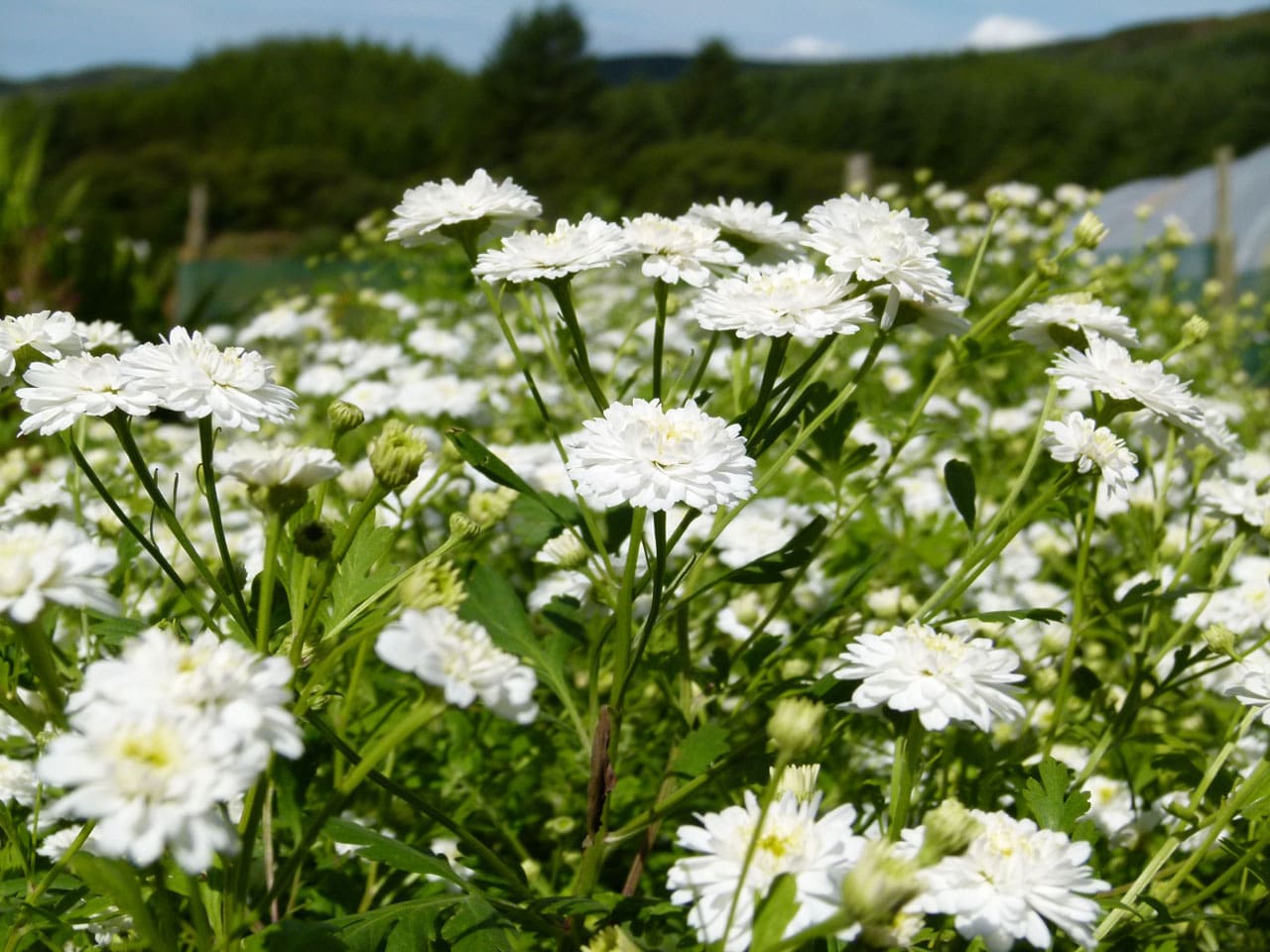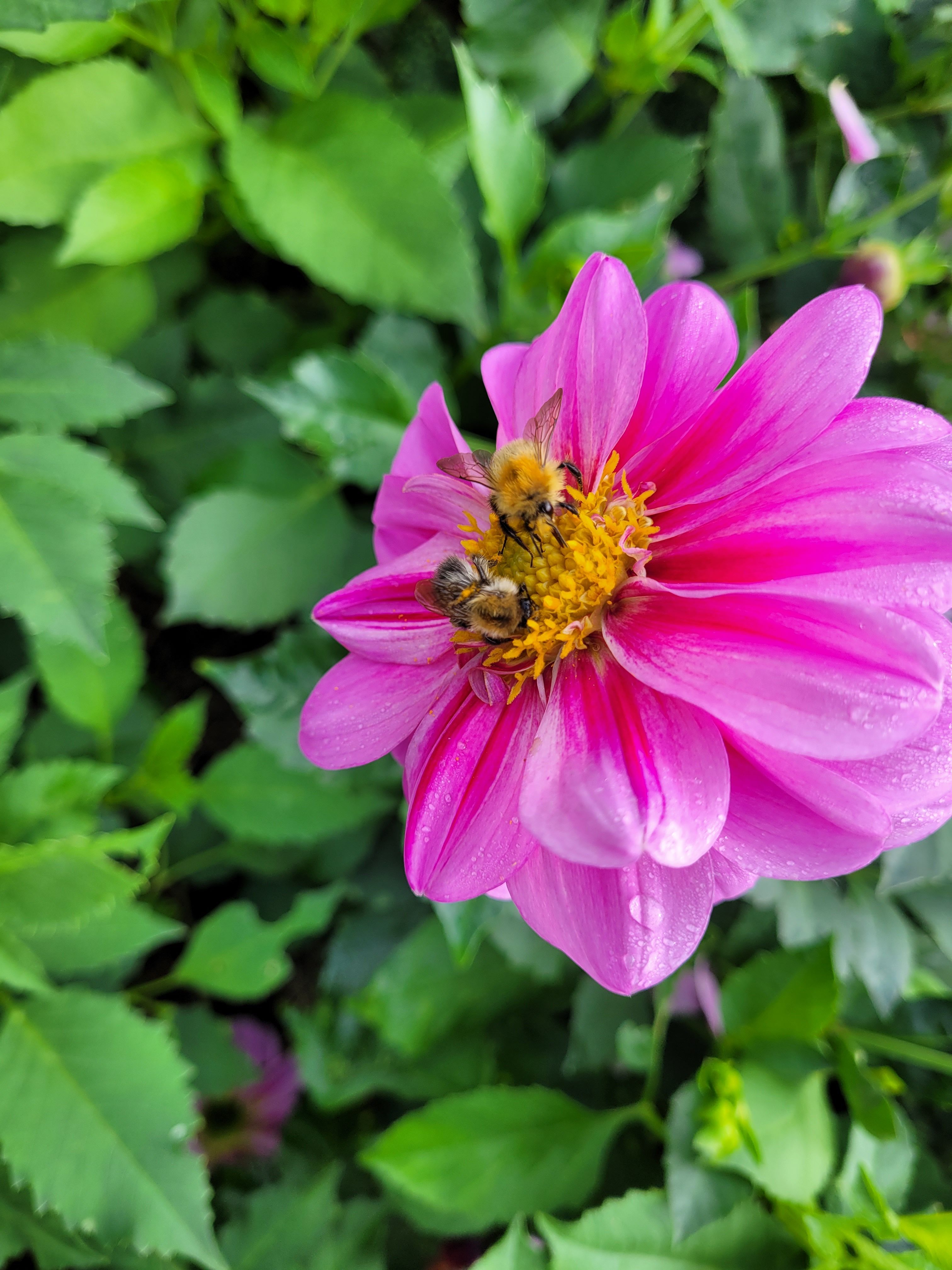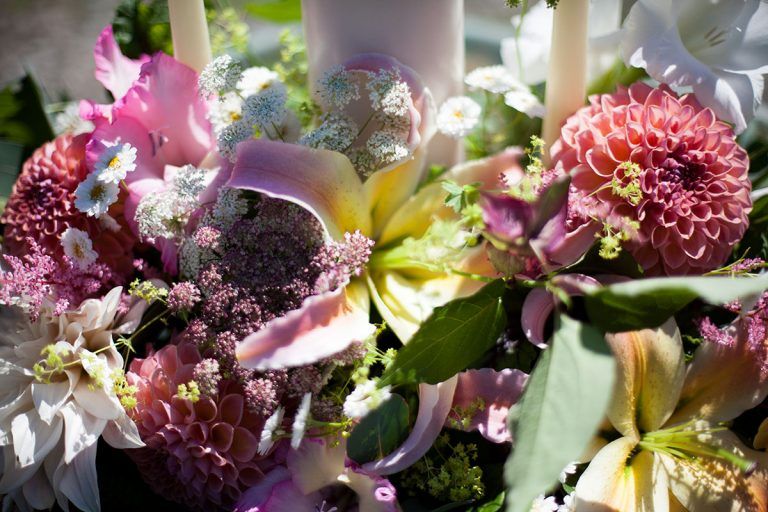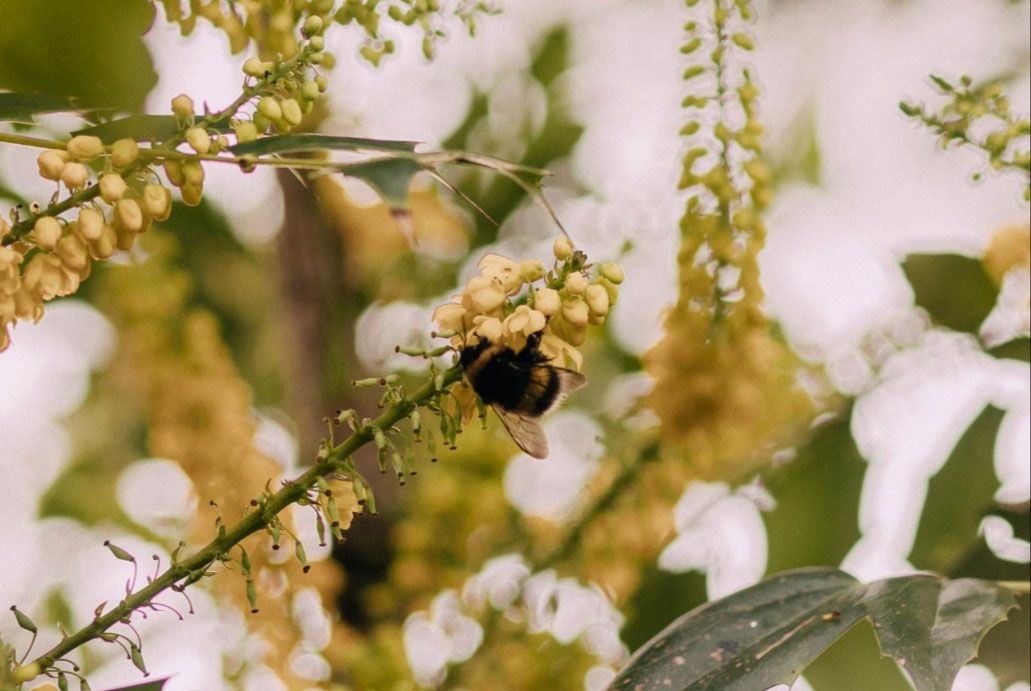Because of lockdown not a drop of roundup has been used in public places
I’m sure I’m just like everyone else who swings for feeling really positive and motivated to downright despair and lethargy and everything in between. It’s a rollercoaster of emotions to be sure but there’s one constant helping keep me grounded and enabling me to continue my work despite the surreal madness we find ourselves imprisoned in.
Nature is recovering and thriving not just on my little piece of utopia but from the messages and social media interaction our pause has benefited her greatly.
Because of lockdown not a drop of roundup has been used in public places and the increase in insect activity is incredible. We are not going to be in this situation for much longer and sadly the systemic poising of public places will regrettably resume. Which makes it all the more necessary for us as home gardeners to provide as much continuous nutrient-rich foods for them to thrive and in turn support us.
[caption id="attachment_3155" align="aligncenter" width="300"] Nasturtiums[/caption]
With our bumblebees the first workers are emerging, and the queen now has help rearing her brood, she will no longer leave the nest and will finish her lifecycle during late summer early Autumn.
If the number of Bumblebee Queens nesting with me this year are anything to go by then we going to be buzzing this summer!
The increased numbers will need extra food which is readily available for now due to the lack of spraying, but this may change so best to be prepared.
[caption id="attachment_2843" align="aligncenter" width="300"] Early bumblebee B .pratorum[/caption]
My go-to early summer foods are things that have lots of flowers on a single stem like nepeta (catmint) Centaurea Montana which has an incredible succession of delicious flowers and geraniums by that I mean true geraniums and cranesbills, not those vulgar pelargoniums that are bred purely for humans and are a nutritional desert devoid of any value. The only pelargoniums I would recommend are the scented geraniums that have very pretty petite nectar-rich flowers loved by bees.
Shrubs like Berberis turbergenii and all pittosporum bridge the hungry gap between spring and early summer when Cotoneasters, hawthorn and crab-apples elder and rowan fill our hedgerows and gardens.
Borage is such a valuable food source especially as it replenishes its nectar almost immediately and just keeps giving. I always allow self-seeding in the tunnels to have an early supply along with rosemary’s multitude of tiny flowers in the herb front. This would explain why they are always covered in pollinators.
‘Weeds ‘like our dandelions are still rocking on with our common daisy, bellis, some clover is starting to make an appearance with the ox-eye daisy on its way too. Buttercups, birds-foot-trefoil and self-heal are equally beautiful. All these will flourish when herbicides are not used creating a beautiful tapestry of vital food sources for our struggling pollinators and their seeds a vital food source for our wild birds. These will grow beautifully amongst your borders creating an incredible bio-diverse landscape.
Annuals I wouldn’t be without are orlaya another beautiful umbellifer followed on by Ammi visnaga and magus, successional sowings provide cut flowers from May to October but in a garden situation deadheading would eliminate the need to re sow.
Calendula, cornflower and all the dianthus family make great cut flowers and provide a varied rich diet.
[caption id="attachment_3467" align="aligncenter" width="300"] Rose scented geranium[/caption]



